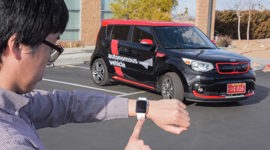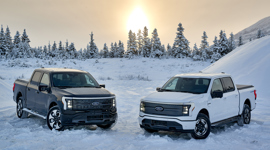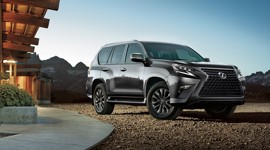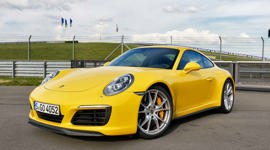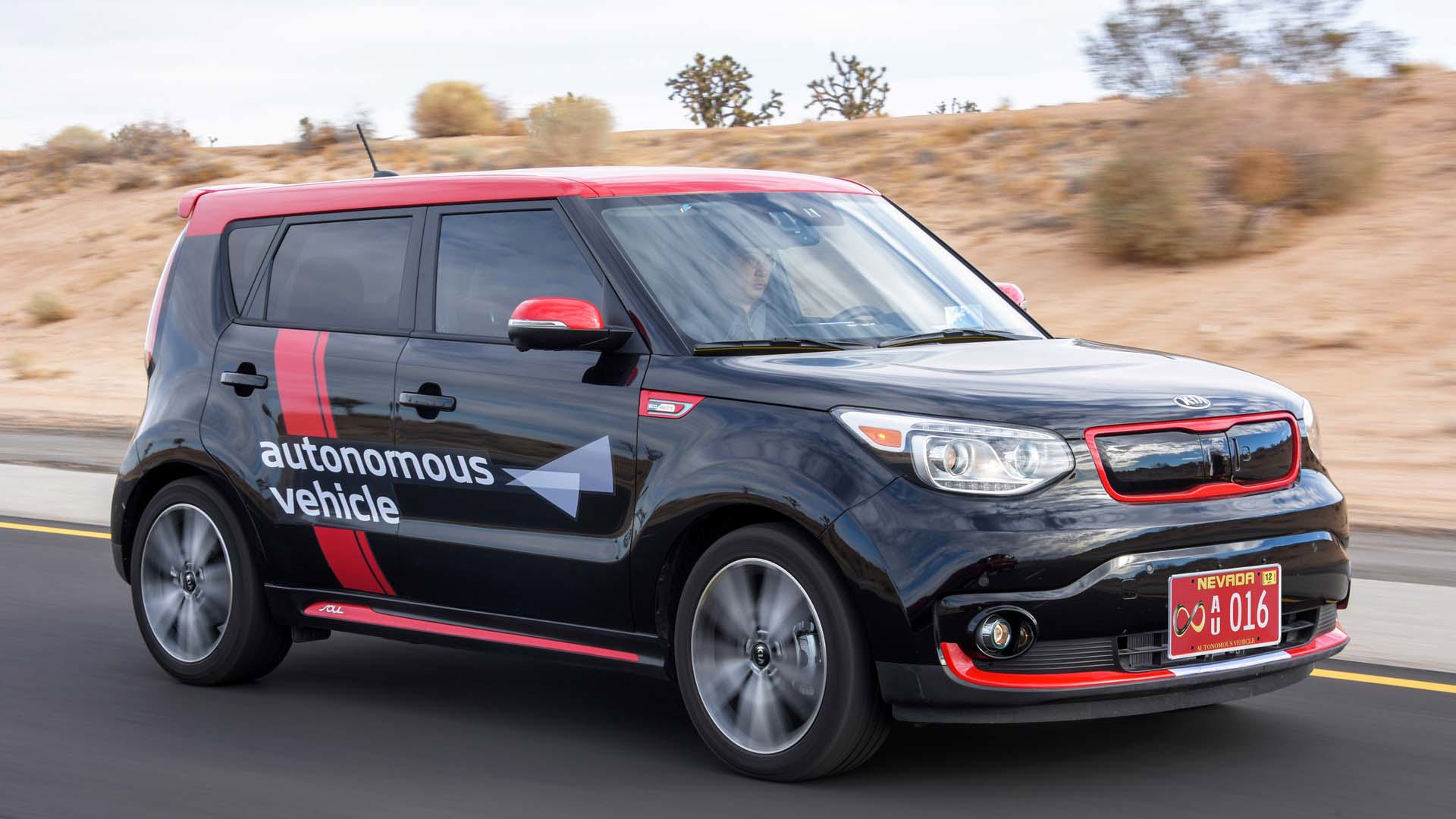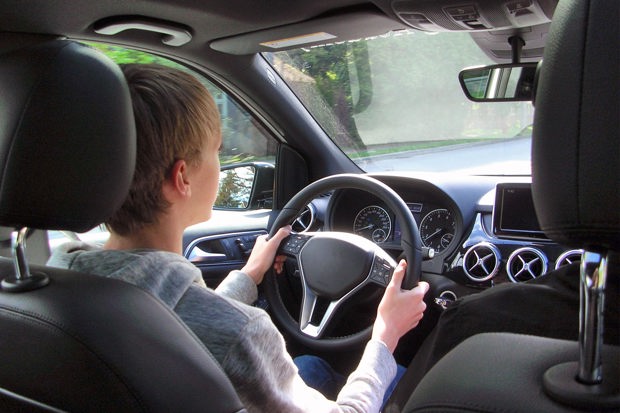CES was a show once known for the consumer electronics that make up the first two initials in its name. These days, however, it's seen an influx of automotive money from car companies eager to partner up with tech giants in a bid to try and figure out where, exactly, the industry is headed. While there might be no official consensus on the future of mobility, automakers can be surprisingly hive-minded about certain ideas and concepts, with a number of trends revealing themselves at the 2016 edition of CES.
Gesture Controls

Some vehicle brands are bound and determined to rid the world of buttons and dials, and after the lukewarm reception that was given to capacitive touch panels it seems as though gesture controls are the next focus in automotive interface design. The idea of using gestures rather than actually making contact with a touchscreen or touch-sensitive panel in order to interact with a car's features isn't a new one, but it's been tackled with renewed fervour at CES 2016. Volkswagen debuted not just the e-Golf Touch, with its next-generation MIB infotainment system incorporating gesture controls, but it also showed off the BUDD-e concept electric van, which offers gesture commands for front and rear occupants and even replaces traditional door handles with gesture sensors. BMW also took its existing 7 Series sedan gesture control to the next level by way of 'AirTouch' in the i Vision Future Interaction Concept, which is intended to offer full control over a touchscreen without actually needing to make physical contact with an LCD panel.
Smart Home Connectivity

The 'Internet of Things' is still very much trying to happen, and it's no longer limited to your appliances. Joining the crowd of WiFi-enabled refrigerators that will text your mobile device when you've run out of eggs are a number of automakers keen on making their vehicles an active part of this network of objects. Volkswagen's BUDD-e concept featured extensive integration into the Internet of Things, including the ability to keep track of Things like umbrellas using stick-on sensors so you don't forget yours at home if rain is in the forecast. More interesting is the idea that the automobile itself would be able to stay linked to your home at all times, which means if the doorbell rings and you aren't there to answer, you can let your friends inside using BUDD-e's Doorbird and Mirror-Link systems.
Nearer to market, Ford announced a partnership with Amazon's Echo smart home service that would provide similar links between its cars and Things such as heating, lighting, and security in a connected house or apartment. The deal will link Sync with Echo and provide a bridge between the functionality of the two existing systems. Tech giants like Qualcomm are getting deeper into the home connectivity segment too, with the company announcing a new partnership with Audi and releasing a reference platform for smart home developers.
Autonomous Cars
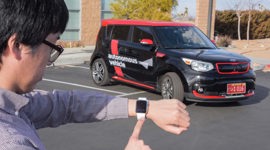
Autonomous technology continues to be the ultimate tech watchword at CES. Even car companies that weren't specifically hawking an autonomous vehicle – like Audi – made sure to make some mention of their plans for self-driving models in the future. Kia made a splash with its DriveWise program and the first public showing of its autonomous Kia Soul EV, an electric vehicle that offers self-driving capability in certain driver-initiated circumstances, while Volkswagen and Audi concepts (including the E-Tron Quattro) were of course linked to full autonomous driving. Technology outfits like Quanergy, Delphi, and Nvidia all featured software and hardware intended to advance processing, sensor quality, and programming in self-driving automobiles.
AI and Mapping

A key aspect of bringing autonomous cars onto public roads will be the ability to rely on highly accurate maps of existing infrastructure. GPS technology is simply not precise enough to be used to control a vehicle in most circumstances, which is why map data providers are being snapped up by automotive concerns that are deeply interested in developing autonomous products (witness HERE's acquisition by Audi a few weeks before CES 2016). Toyota may not have had a self-driving car on its stand but it made waves by snagging the former head of robotics at Google to help lead its new artificial intelligence lab. The $1 billion dollar investment Toyota announced in this U.S.-based venture will not only investigate AI as a means of developing safer future mobility products, but it will also investigate new robotics concepts and cars that can think. The company is further investigating the use of crowd-sourcing data collection as a way of improving current mapping efforts.
Electric Cars

What CES would be complete without the latest in battery-powered EVs? For 2016 there were two major stars of the show: the practical and affordable production version of the Chevrolet Bolt, GM's $30,000, 200-mile compact electric, and Faraday Future's FFZero1, a Hot Wheels-like supercar with over 1,000 horsepower from its electric drivetrain. While the latter will almost certainly never be built, the former is on its way later this year, and is likely to have an enormous effect on the EV market due to its inexpensive price point. It goes without saying that any concept car worth its salt at CES also boasts battery power, including Audi's E-Tron and Volkswagen's BUDD-e.
